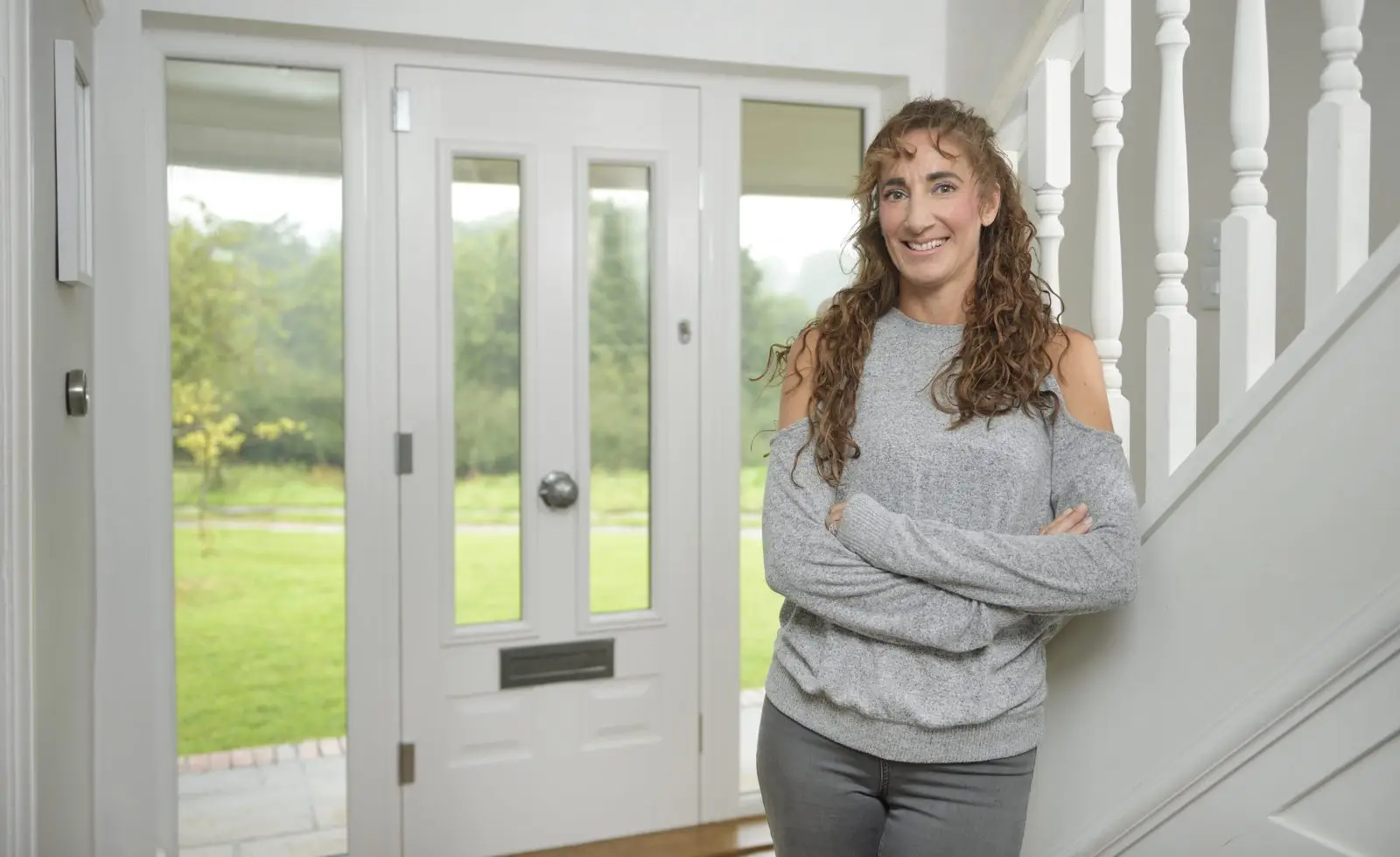Renewable energy sources have been used since ancient times: it is thought that windmills have operated in Persia between 500-700 AD, and the ancient Greeks and Egyptians used water mills. During those centuries tide mills were also used in Spain, France and England, to harness the natural energy generated by tidal waves. American Indians used their hot springs for bathing and cooking and , to jump forward into more modern times, the first photovoltaic cooker was built in the 1760s by one Horace de Saussure.
In more recent times our industrialised world has become over-reliant on conventional, polluting energy production, and it has been argued that more than 40% of our current, damaging Co2 emissions could be avoided if we turned increasingly towards renewable energy sources and thus reduced our carbon footprint. In 2008, renewable energy provided 19% of the total global energy. Notable examples of the worldwide turn towards greener energy and a sustainable future for our planet include the new large-scale solar plant which recently started to operate in Spain, or the ongoing investment in the development of geothermal power plants in California.
On an individual level, installations of solar panels have been consistently rising in the UK and world wide. Renewable solar energy panels provide increased self-sufficiency combined with reduced running costs and less dependency on fickle energy prices, a possible income from the renewable energy produced, and the benefit from the latest technology combined with a substantially reduced carbon footprint.




